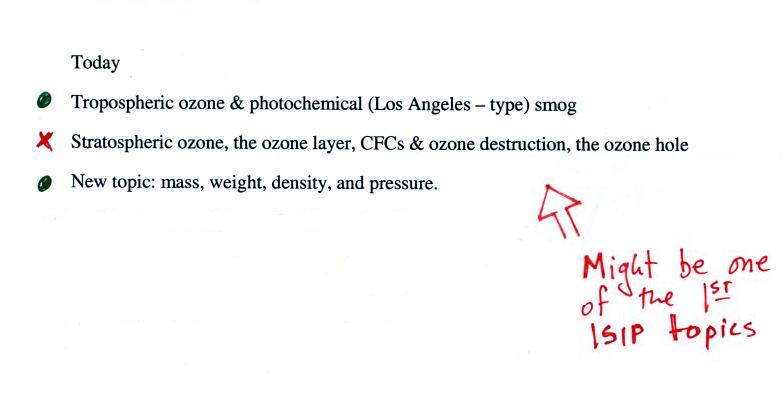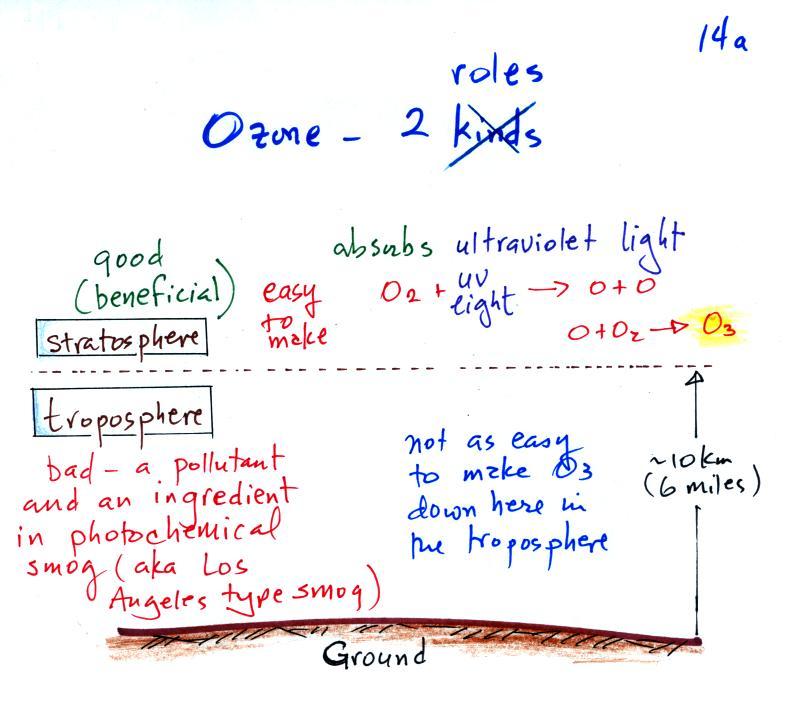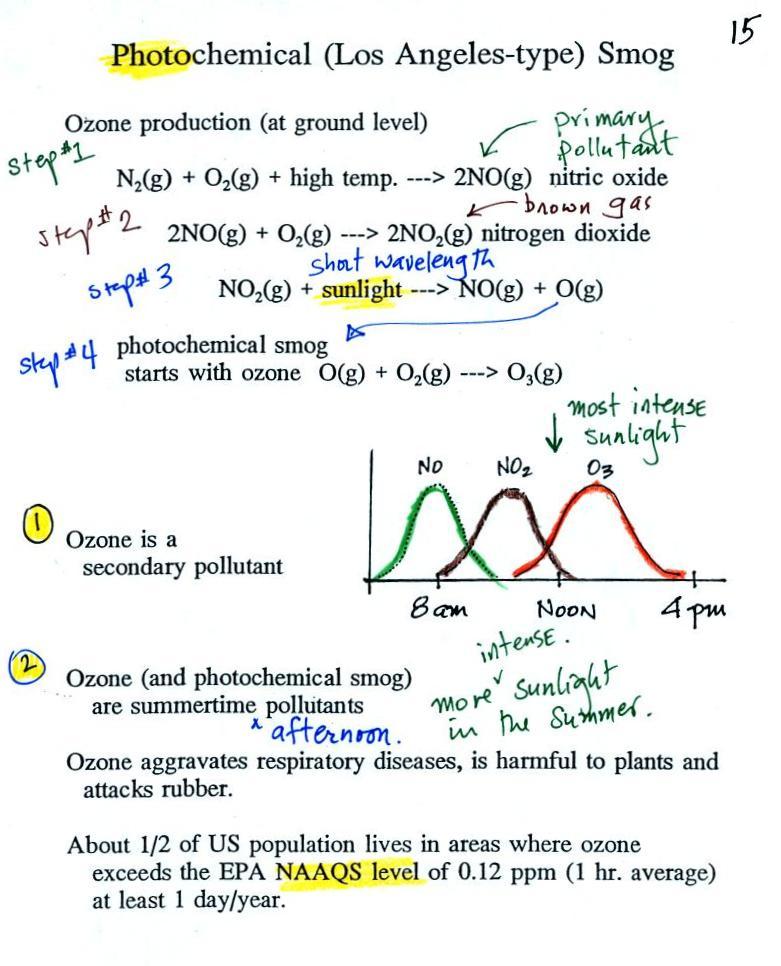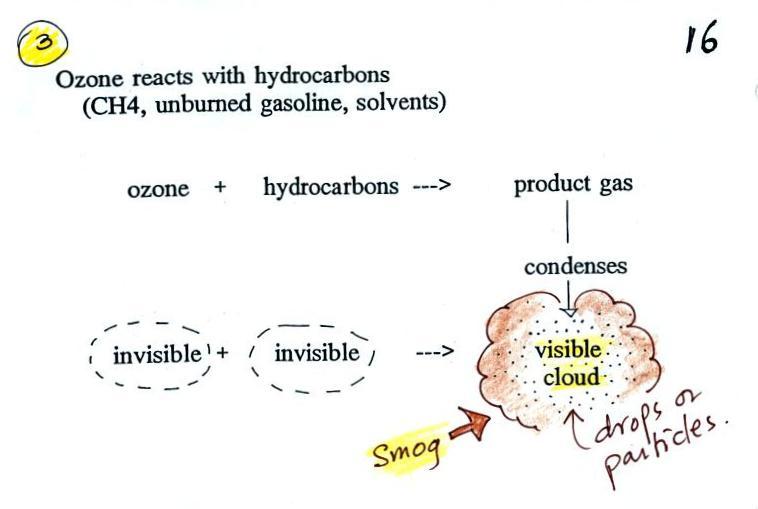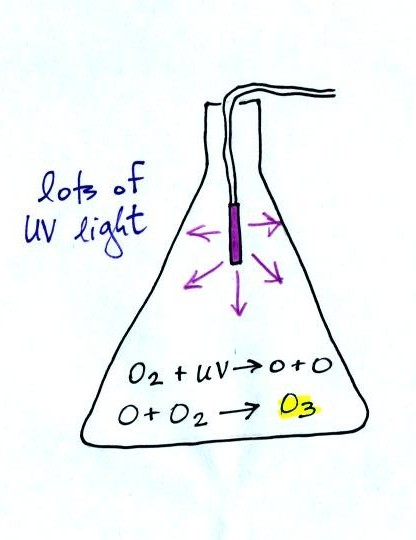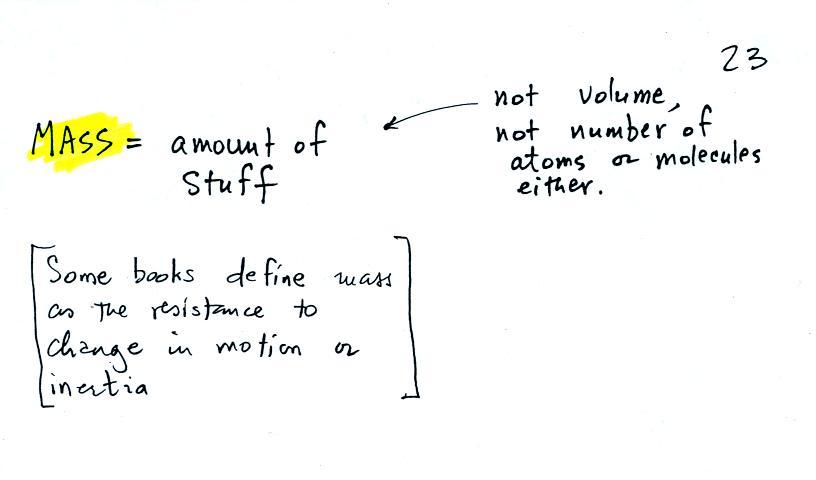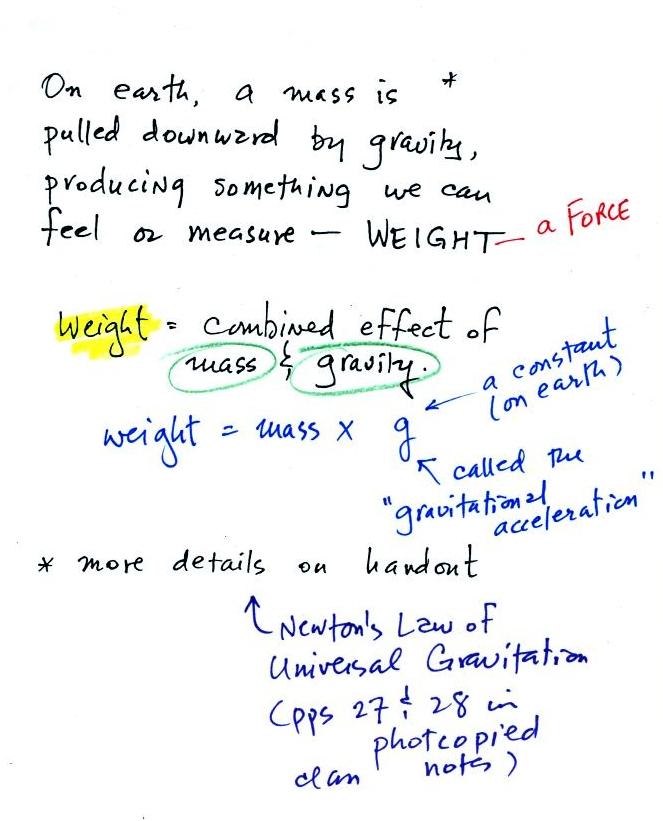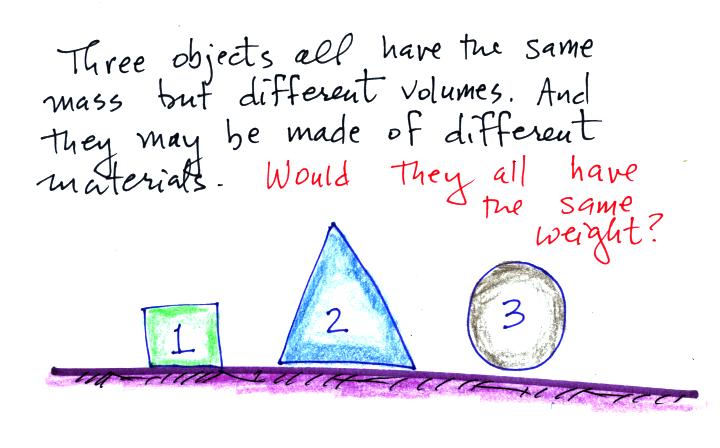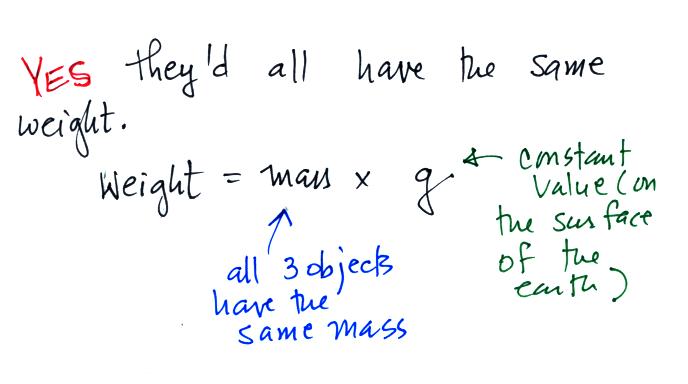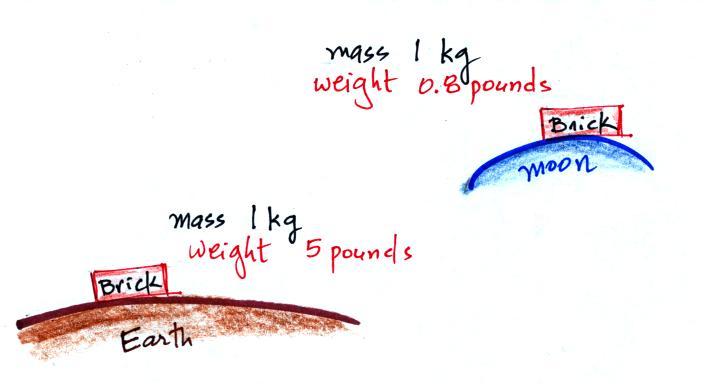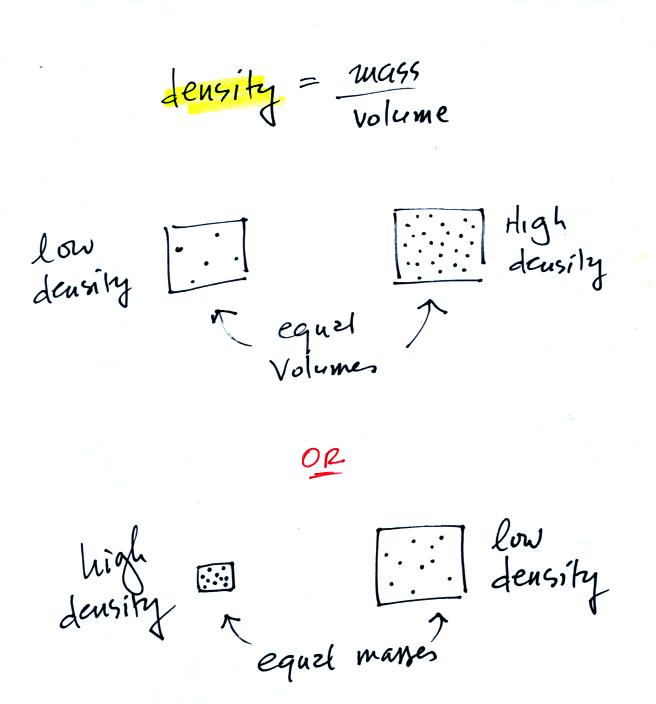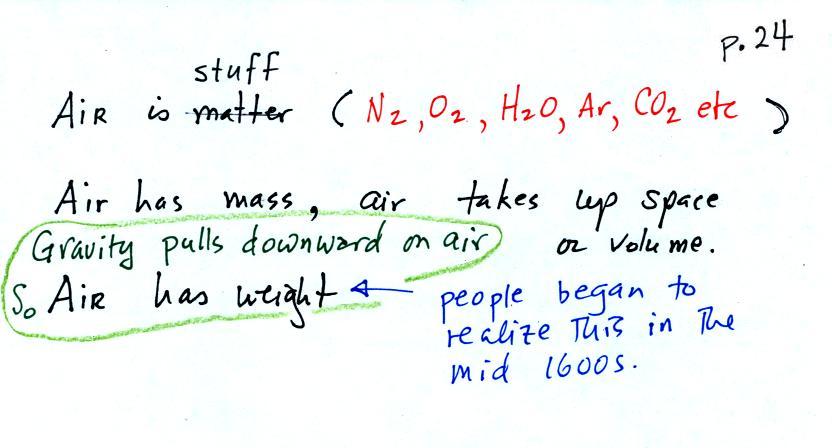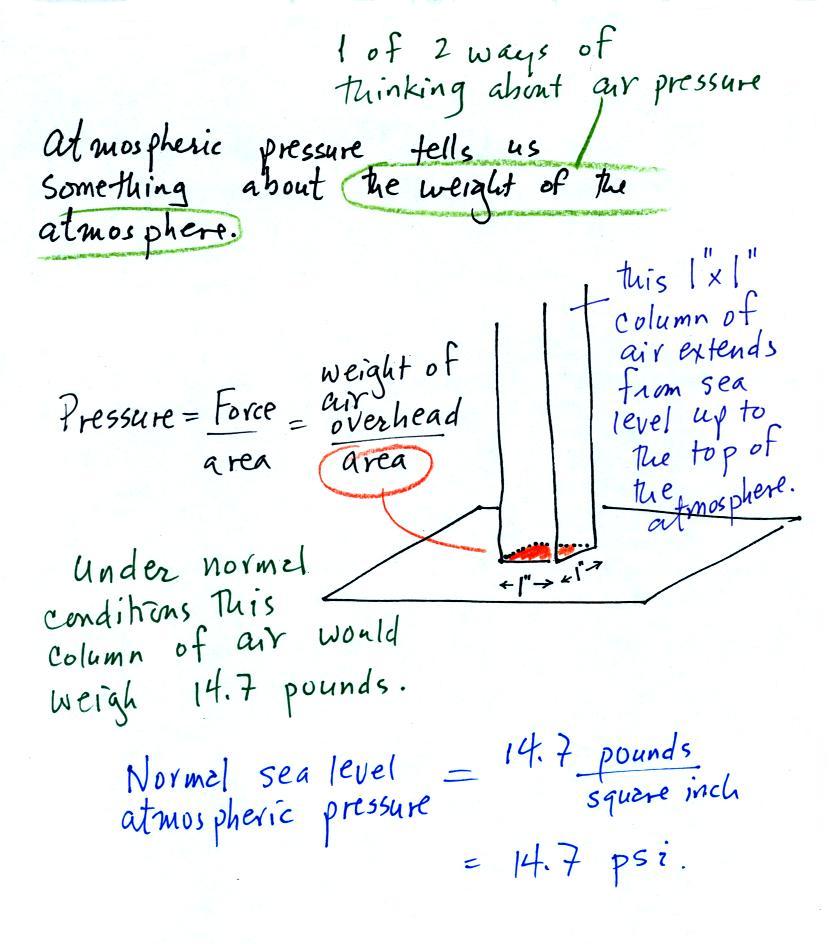
A Cadillac and a volkswagen
have both stalled in an intersection. Both cars are made of
steel. The Cadillac is larger and has more steel, more stuff,
more mass. The Cadillac would be much harder to get moving than
the VW, it has
a larger inertia (it would also be harder to slow down than the
Volkswagen once it is
moving).
As long as we're talking about cars, here's a picture of my
vehicle. It's a 1980 Toyota Celica.

I think it was considered a sports
car at one time.
I'm showing it to you so that you'll be extra careful if you see it on
the road. The windshield is often very dirty
and that makes it hard to see other cars and people crossing the street
(and the windshield wipers need to be replaced so I can't see very well
when its raining either).
Weight
is a force and depends on
both the mass of an object and the
strength of gravity. We tend to use
weight and mass
interchangeably
because we spend all our
lives on earth where gravity never changes. On the earth's
surface you determine the weight of an object by multiplying the
object's mass by g. As long as you're on the surface of the earth
g has a constant value; it's called the gravitational
acceleration. I probably didn't
emphasize this enough in class.
I asked a question at this point. I would say
the people that responded to the question were about evenly
divided. Equal numbers answered yes (the objects would have the
same weight) and no (the weights would be different).
To determine the weight you multiply the mass by the gravitational
acceleration. Since all three objects have the same mass and g is
a constant you get the same weight for each object. Here was a
follow up question:
A student responded that the two objects would have
different weights if they were on different planets.
That's
correct.
The example above looks at bricks on the earth and the
moon. The value of the gravitational acceleration on the moon is
about 1/6th the value on the earth. The brick would weigh a lot
more than 5 pounds if you were to take it to Jupiter.
Here's a little
more information (not covered in class)
about
what
determines the value of the gravitational acceleration (Newton's
Law of Universal Gravitation).
Density is the next term we need to look at.
In
the first example there is more mass (more dots, which symbolize air
molecules) in the right box than
in the left box. Since the two volumes are equal the box at right
has higher density. Equal masses are squeezed into different
volumes in the bottom example. The box with smaller volume has
higher density.
Now we're ready to define (and hopefully understand)
pressure.
It's a pretty important concept. A lot of what happens in the
atmosphere is caused by pressure differences. Pressure
differences cause wind. Large pressure difference (such as you
might find in a tornado or a hurricane) create powerful and destructive
storms.
The air
that
surrounds the earth has mass. Gravity pulls downward on the
atmosphere giving it weight. Galileo conducted (in the 1600s) a
simple
experiment
to
prove
that
air
has
weight. The experiment
wasn't mentioned
in class.
Atmospheric pressure is
determined by the weight of the air
overhead. This is one way, a sort of large scale representation,
of understanding air pressure.
Pressure is defined as force divided by area. In the case of
atmospheric pressure the weight of a column of air divided by the area
at the bottom of the column (as illustrated above).
Under normal conditions a 1 inch by 1 inch column of air
stretching
from sea level to the top of the atmosphere will weigh 14.7
pounds. Normal
atmospheric
pressure at sea level
is 14.7 pounds per square inch (psi, the units you use when you fill up
your
car
or
bike
tires
with
air).
We'll come back to this topic (and probably this picture) before the
Practice Quiz next Wednesday.
